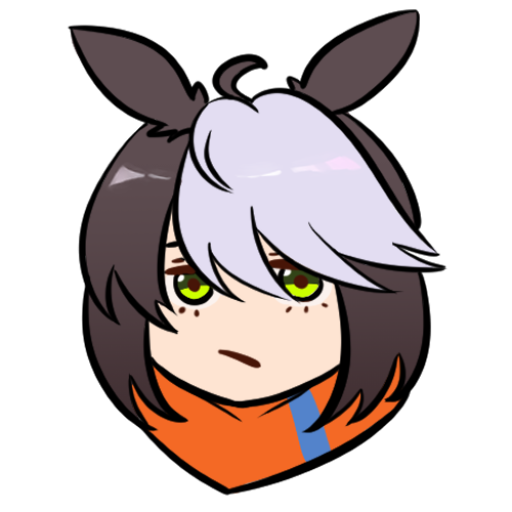Next Station: HEAVEN
For the OUT OF YOUR HEAD section, our group completed the work Next Station: HEAVEN.
In terms of results, it was a very successful group effort, as evidenced by the rave reviews we received at the screening. But for me, the challenges I experienced during the process were even more valuable, as they gave me a lot of valuable experience.
From the moment the collaboration began, there was constant friction between the four members, and my personal ideas were compromised step by step in the process. Because each member has a certain level of competence, it became almost impossible to unite us in our thinking.

The first kind of conflict is over the type of story. In the preparation stage, some wanted to write a fantasy story, others preferred a love story, and eventually someone had to give up their idea. In fact to this day I still hold a grudge against the story that was eventually adopted, believing that it was not the best choice as it was clearly too complex a storyline for a mere 20 seconds of animation.

I think animation of different lengths is inherently determinative of its direction, and a 20-second animation should convey a simple and straightforward idea more than an elaborate plot, and in this case we clearly didn’t plan well and chose the wrong direction in the preparation stage, so much so that the final finished product conveyed too much information to the viewer in a short period of time that they couldn’t handle, which is something that must be reflected upon.

In order to improve, I think I must refer more to the artistic expressions of other animated works of the same length at the beginning of the project as a way of refining my completion of the storytelling so that it can be better understood by the audience.
The second conflict came from the group’s inability to make a sensible plan and get it in order. As this was the first time that a team of up to four people had worked together, the group did not initially know what they were good at, nor did they have a proper division of labour and schedule. For example, the character design, after a few changes, was assigned to a member of the team who I now think is not suitable for it, but until she delivered the finished product I mistakenly thought she was very good at it.

Likewise, the team member responsible for the first original painting was overly efficient and overburdened herself with work that didn’t satisfy everyone, which led to a lot of re-coordinated and drastically revised shots later on. We were still discussing the colour scheme of the character designs until the day before the deadline. This chaotic way of working left a deep psychological shadow on me.

I think in order to improve, it is important to clarify the work schedule of each member at the beginning of future group assignments to ensure that members are clear about what they are good at and what they need to accomplish, to reduce the burden and to speed up the work, and more importantly, to produce better animation.

The third type of conflict arises from differences in working styles. This problem can be described as an extension of the second type of conflict, that is, the problem of extreme disorder at work. In the early stages, the four of us worked with three different drawing software packages (Photoshop, CSP and Procrate), which made it extremely difficult to pass work projects between members of the group and to make handovers. I had to spend a lot of pointless time converting files to a format I could use before working on an original drawing produced by one of the team, ironically my files were just as difficult for the others to use.

In order to improve, I think it is necessary to promote a unified way of working in the next group collaboration and improve the production process in different parts of the process to further increase efficiency and reduce pointless waste of physical and mental energy.
Overall, while this group work was broadly satisfactory in terms of results, the huge number of issues that arose during the process could never be ignored. I think there are very few things that can be done by strong individual ability alone, as we cannot always do the work alone when we enter the animation industry in the future. Having a proper plan and following our respective divisions of labour to get the job done is the right way to work as a team.
